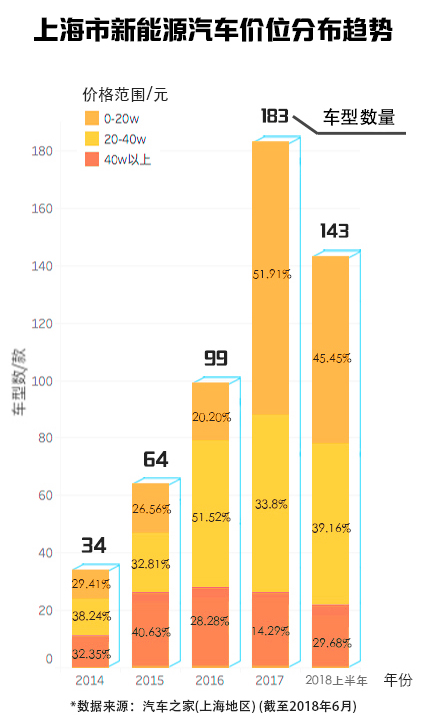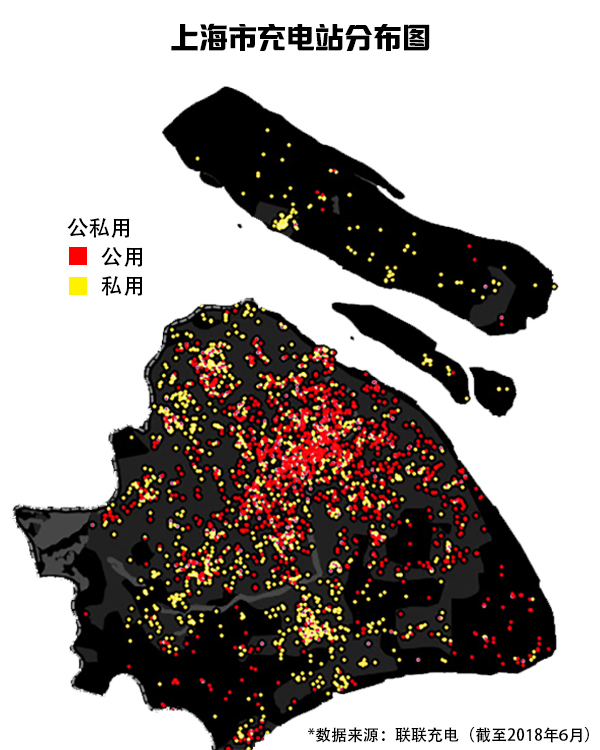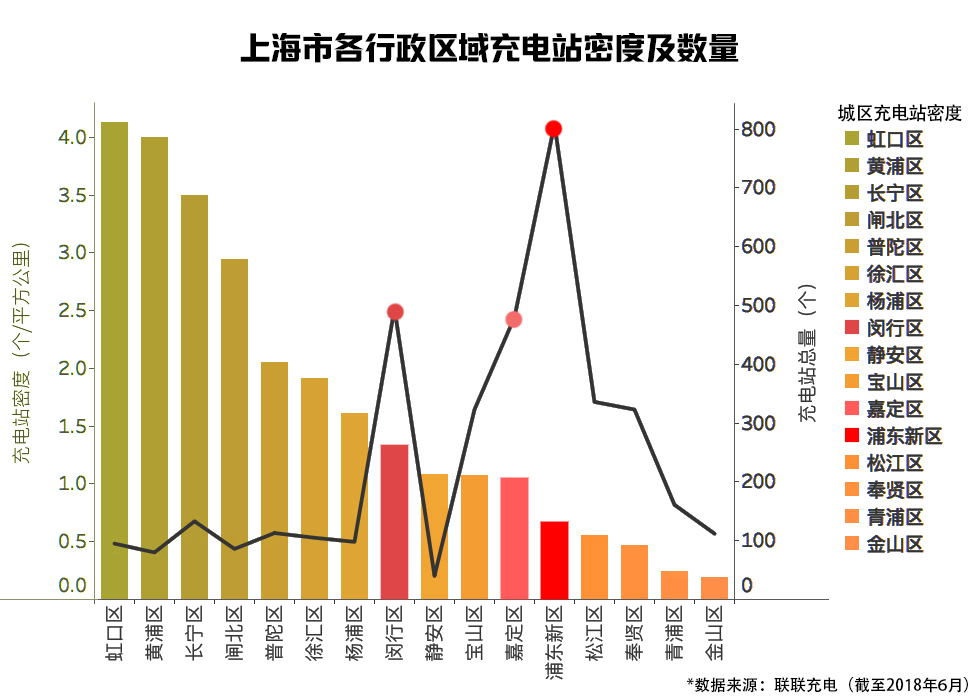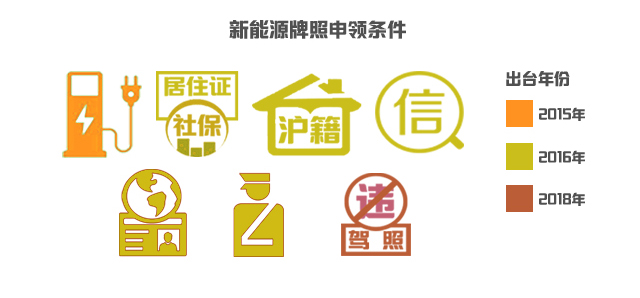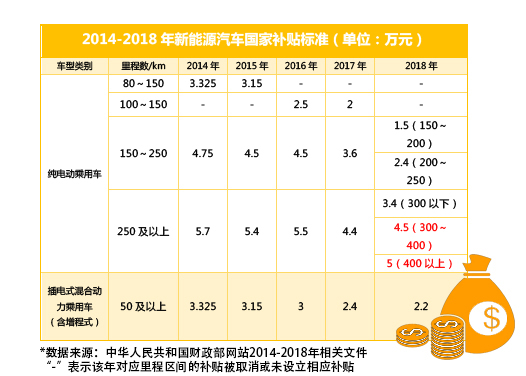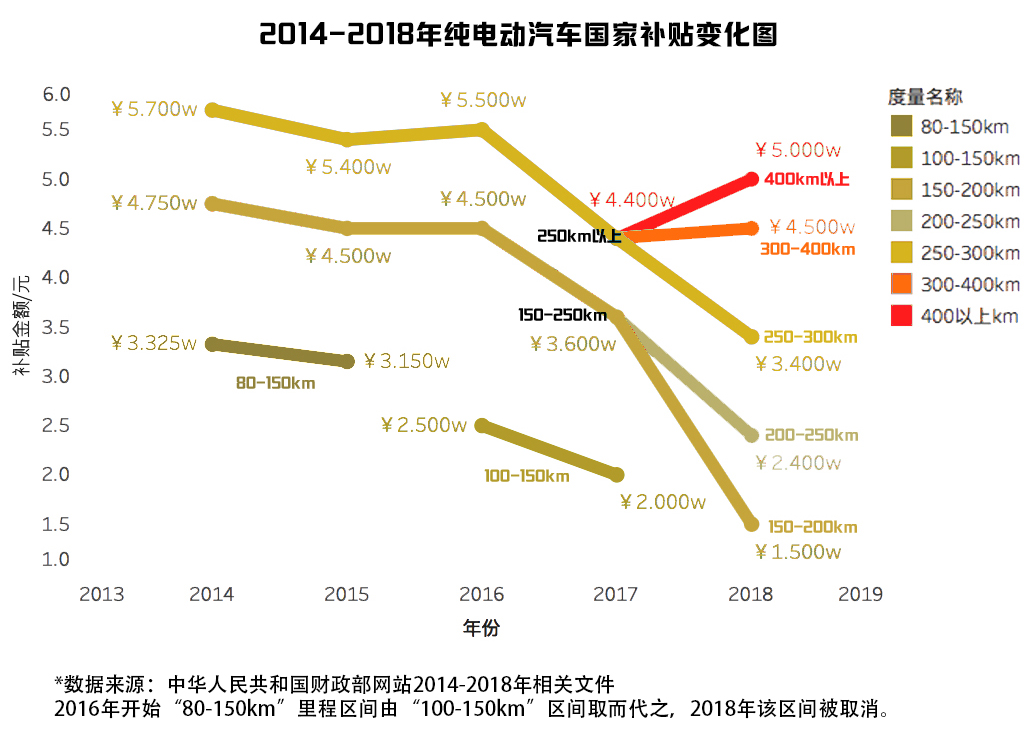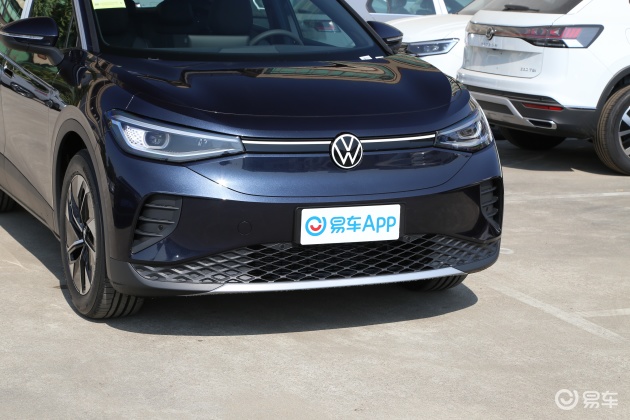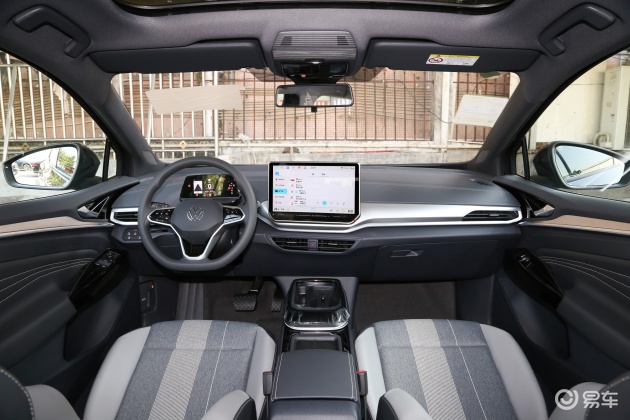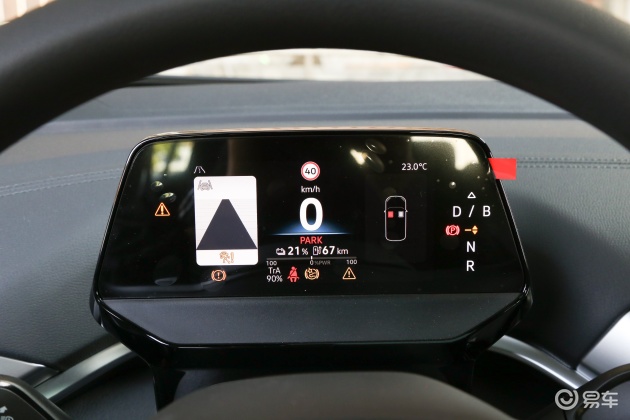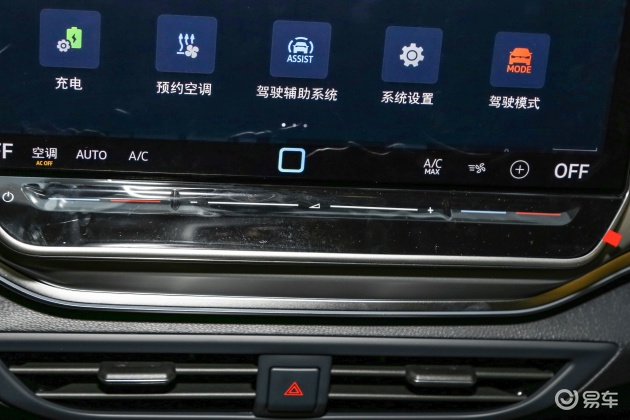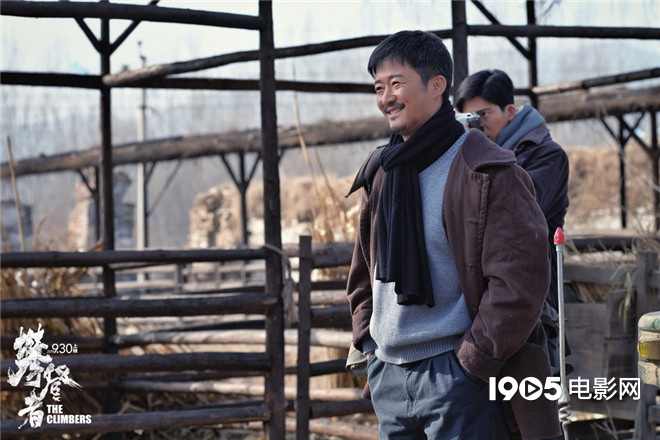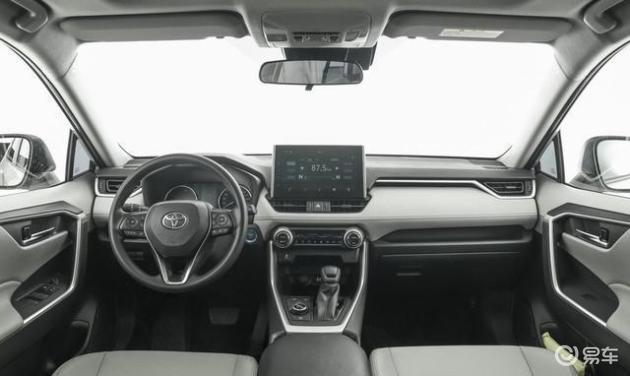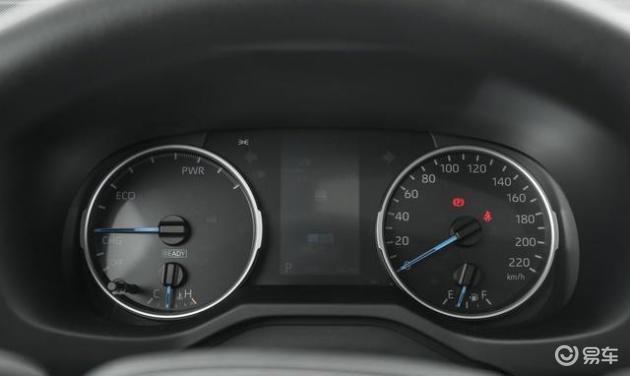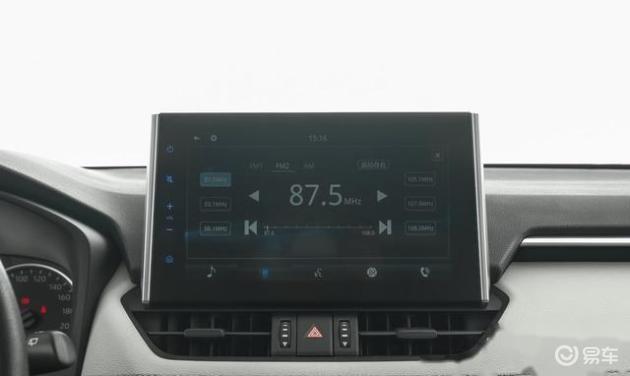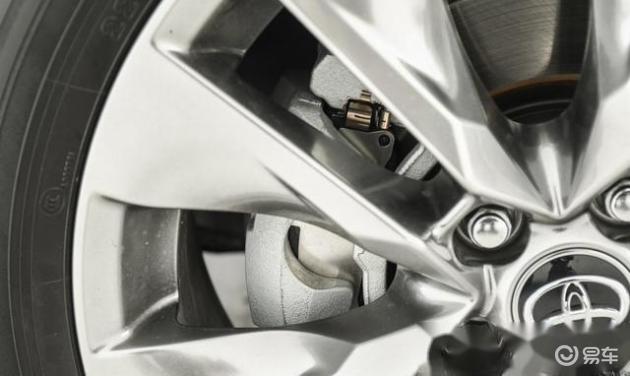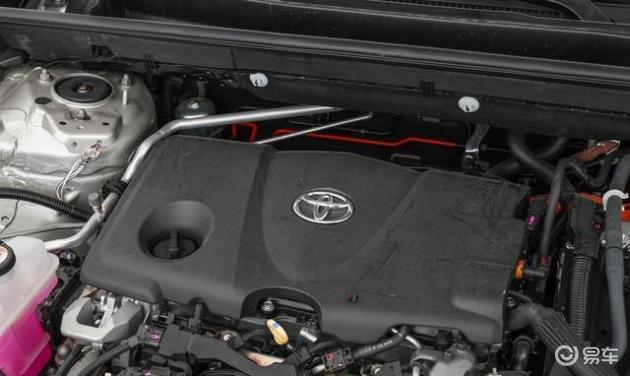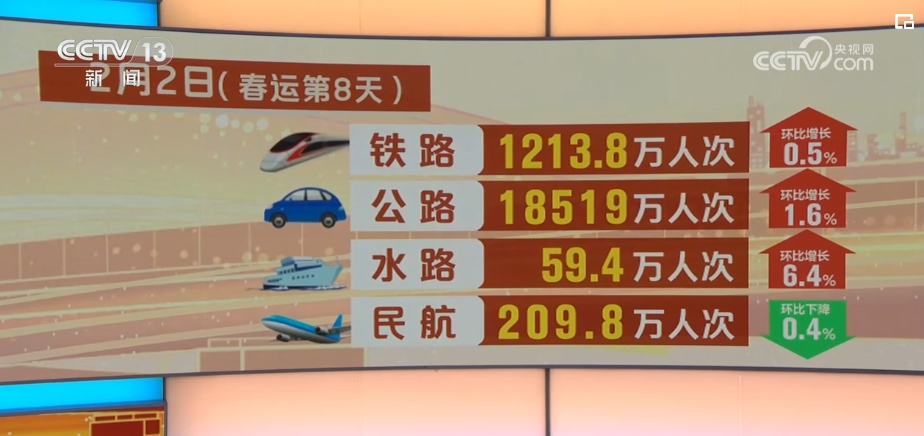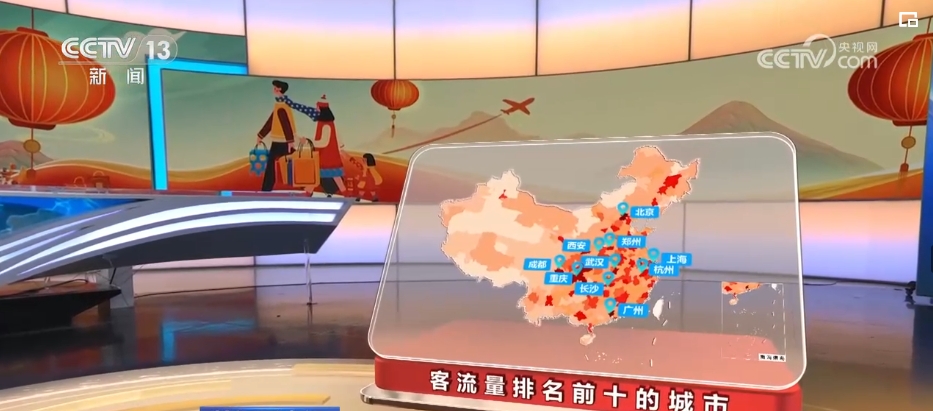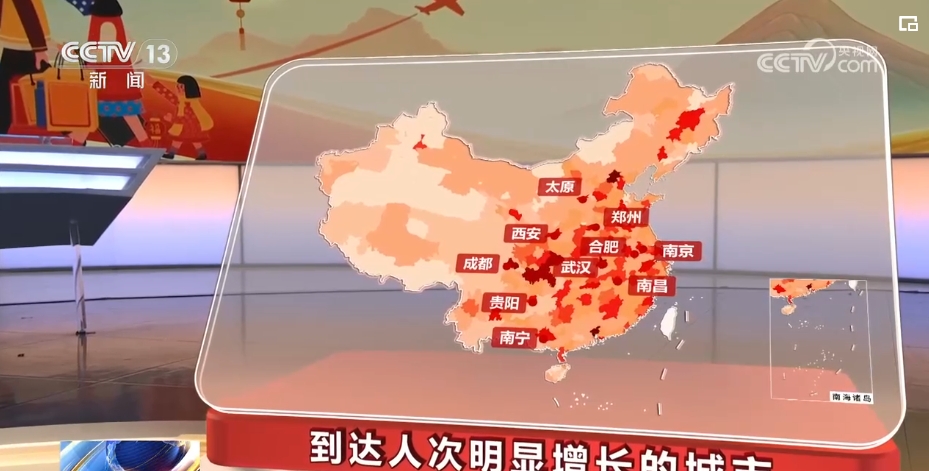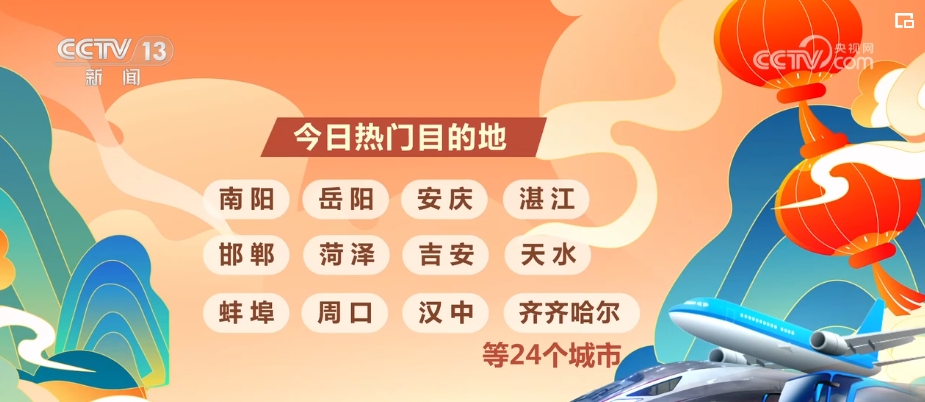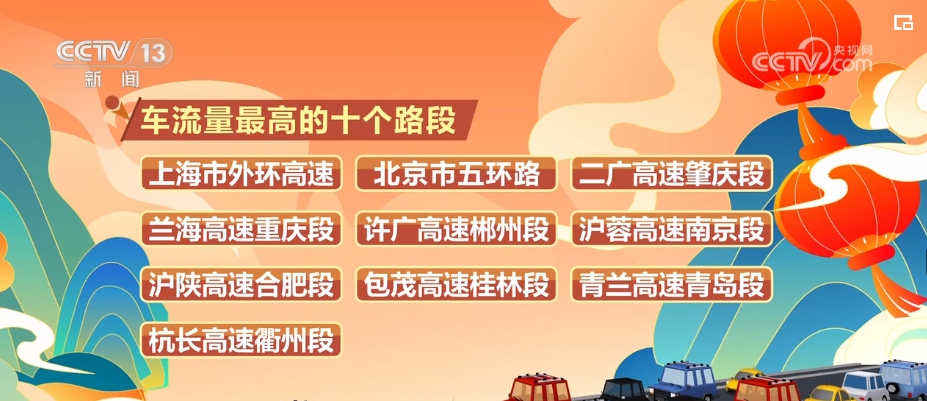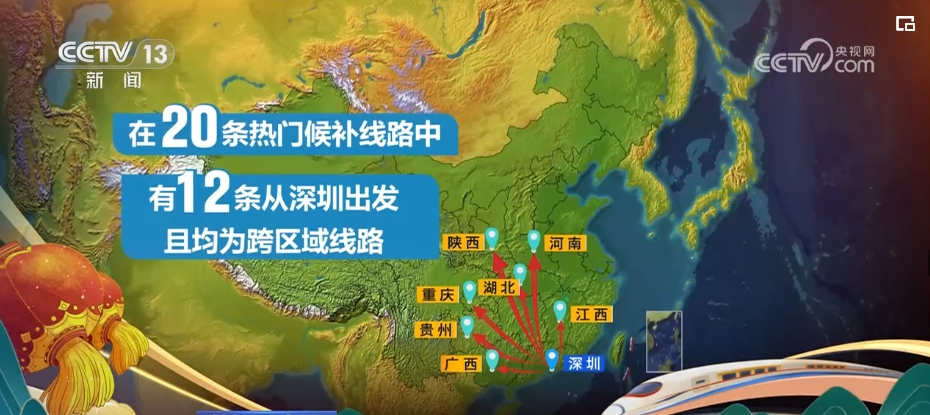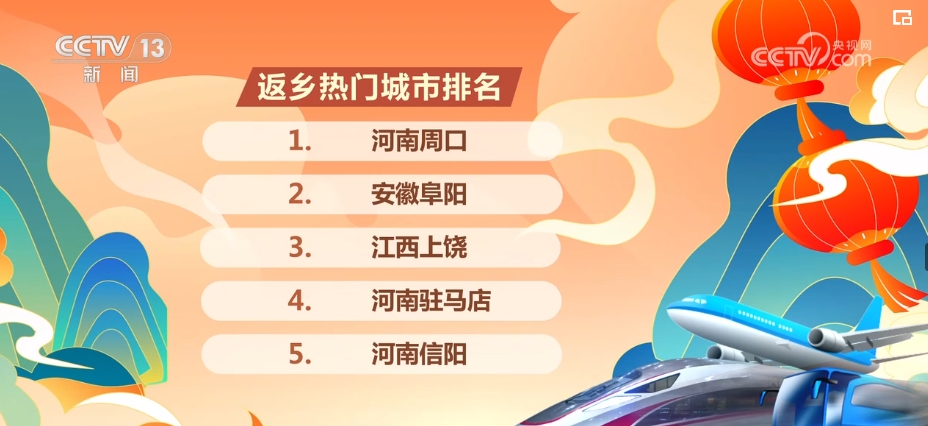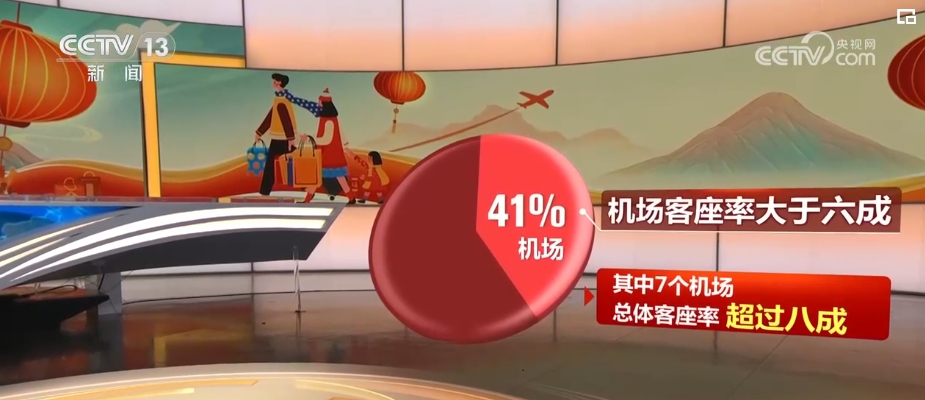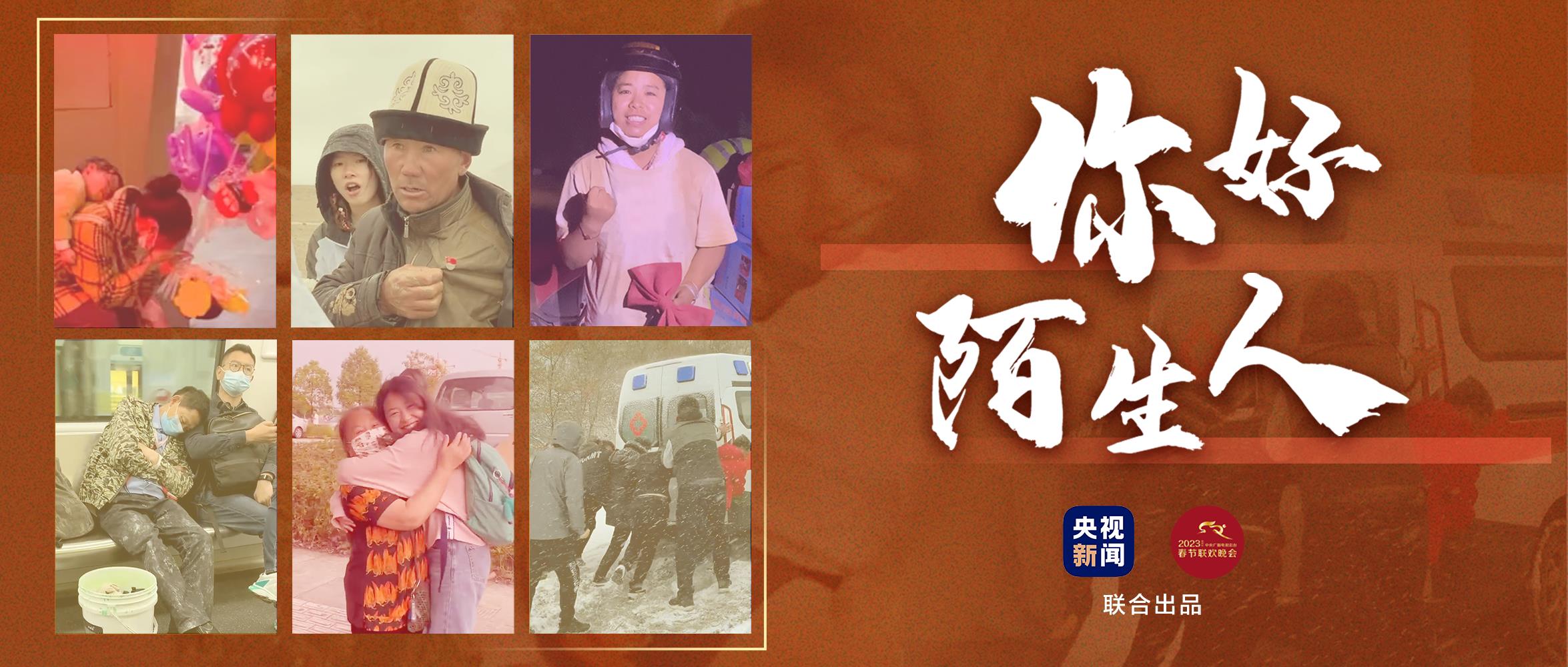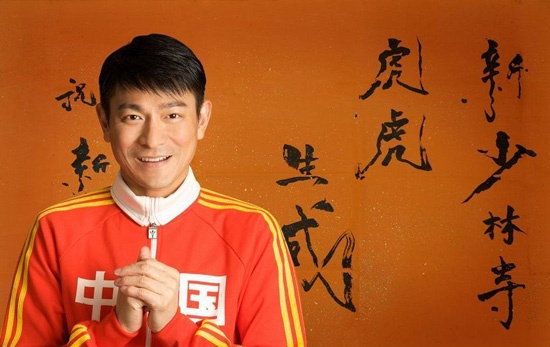The administrative offices of the Union, the Municipal People’s Government, the commissions, offices, departments and bureaus of the autonomous region, and major enterprises and institutions:
With the consent of the people’s government of the autonomous region, the measures for the administration of high-tech industrial development zones in Inner Mongolia Autonomous Region are hereby printed and distributed to you, please conscientiously implement them according to the actual situation.
February 24, 2022
(This piece is publicly released)
High-tech industry in Inner Mongolia Autonomous RegionMeasures for the administration of development zones
Chapter I General Principles
the firstIn order to implement the spirit of "Several Opinions of the State Council on Promoting the High-quality Development of National High-tech Industrial Development Zones" (Guo Fa [2020] No.7), further standardize the establishment and management of autonomous region-level high-tech industrial development zones (hereinafter referred to as high-tech zones), and promote the high-quality development of high-tech zones in the whole region, these measures are formulated with reference to the Interim Measures for the Administration of National High-tech Industrial Development Zones and the Comprehensive Evaluation Index System of National High-tech Industrial Development Zones, combined with the actual situation of the autonomous region.
the secondThese Measures shall apply to the identification, evaluation and management of high-tech zones within the administrative area of the autonomous region.
ArticleThe construction of high-tech zones should thoroughly implement the strategy of innovation-driven development, deepen the reform of system and mechanism, take the action of "rejuvenating Mongolia through science and technology" as the guide, take the improvement of independent innovation capability as the core, actively create a good innovation and entrepreneurship ecology, comprehensively build a modern industrial system, and build high-tech zones into demonstration zones of innovation-driven development and pioneering zones of high-quality development in autonomous regions.
Chapter II Confirmation
Article 4 The declaration of high-tech zones shall meet the following conditions:
(1) The basic conditions are complete.
1. It belongs to the first-class industrial park in the autonomous region with the best innovative resources and industrial development within the Union City;
2. Conforming to the national economic and social development planning, land space planning and ecological environment protection planning of the Union City;
3. Meet the requirements of the state on the economical and intensive use of land, with centralized land layout, reasonable scale and land use structure, clear boundaries, sufficient development space, complete infrastructure facilities, scientific planning for the integration of production and city, and no occupation of permanent basic farmland;
4 in line with the requirements of ecological environmental protection and safety in production, and there have been no sudden environmental incidents or serious production safety accidents in the past three years.
(2) Outstanding industrial advantages.
1. The growth rate of major economic indicators is higher than the average level of the autonomous region;
2. The total operating income of leading industries accounts for not less than 70% of the total operating income of the park;
3. The development plan of high-tech industry has been formulated, and the total operating income of high-tech industry accounts for more than 30% of the total operating income of the park, and it is increasing year by year.
(3) The innovation system is perfect.
1. The growth rate of R&D investment is higher than the growth level of the local union city;
2. The number of high-tech enterprises and high-tech small and medium-sized enterprises accounts for more than 30% of the total number of enterprises in the park;
3. There are more than 20 scientific and technological innovation platforms or new R&D institutions at or above the autonomous region level, with a group of high-level scientific and technological innovation talents and the ability to undertake scientific research projects of the state and autonomous regions;
4. There are innovation and entrepreneurship incubators such as science and technology business incubators and Zhongchuang Space, and investment and financing institutions that serve scientific and technological innovation;
5. It has a scientific and technological achievements management and service system, and the number of effective invention patents per 10,000 people is higher than the average value of the local union city;
6. Long-term scientific and technological cooperation relations have been established with scientific research institutions and institutions of higher learning, and foreign scientific and technological cooperation and Industry-University-Research cooperation are active.
(4) Strong safeguard measures.
1. The administrative office of the local Union and the Municipal People’s Government attach great importance to the construction of high-tech zones and incorporate the construction of high-tech zones into the local national economic and social development plan. Be able to undertake the main responsibility of high-tech zone construction, form a working mechanism for promoting the development of high-tech zones with the government taking the lead and departments cooperating with each other, introduce policies and measures to support the innovative development of high-tech zones, innovate institutional mechanisms, gather innovative resources, and give priority to the layout and development of high-tech industries;
2. The management organization of the park is sound, the setting is scientific, streamlined and efficient, the management function is clear, and it has a high-quality and professional management team. The management system is sound, the incentive and guarantee measures are in place, and the management operation is efficient, which can provide quality services for innovative entrepreneurs and enterprise innovation subjects;
3. According to the "Implementation Opinions of the People’s Government of Inner Mongolia Autonomous Region on Promoting the High-quality Development of High-tech Industrial Development Zones" (No.13 [2021]), the Union Administrative Office and the Municipal People’s Government delegated the corresponding management authority to the High-tech Zone, promoted the establishment of an independent management mechanism in the High-tech Zone, and created a good innovation environment and business environment, and the "streamline administration, delegate power, strengthen regulation and improve services" work was in place.
Article 5 The following materials are required to declare the high-tech zone:
(a) where the administrative office of the Union and the Municipal People’s Government apply for the construction of high-tech zones.
(two) the basic situation of the development of the park, including basic conditions, industrial advantages, innovation system, safeguard measures, etc.
(three) the construction and development planning of high-tech zones (including the development planning of high-tech industries), including strategic significance, overall thinking and target positioning, key tasks and safeguard measures.
(four) the implementation plan of high-tech zone construction, including development orientation, main objectives, construction ideas, specific measures, management system, operation mechanism and policy guarantee.
(5) Other relevant attachments:
1. Relevant approval documents for the establishment of the park;
2 issued in accordance with the national spatial planning (the main functional area planning, land use planning and overall urban planning), ecological environment protection planning certification materials;
3. The policies and measures of the local administrative office of the Union and the Municipal People’s Government to support the construction of innovation and entrepreneurship environment, the construction of high-tech zones and the development of high-tech industries;
4. List of high-tech enterprises, small and medium-sized scientific and technological enterprises, innovation platforms, R&D institutions, innovation incubators and scientific and technological service institutions in the proposed high-tech zone;
5. Main economic development and innovation indicators of the park in recent three years;
6. Other relevant materials.
Article 6High-tech Zone Identification Procedure:
(1) The administrative office of the local Union and the Municipal People’s Government shall organize the formulation of the planning and implementation plan for the construction and development of high-tech zones, and put forward the construction intention to the Science and Technology Department of the autonomous region on the basis that the policy guarantee measures are relatively perfect and meet the conditions for the construction of high-tech zones.
(2) The Science and Technology Department of the Autonomous Region shall, jointly with the Development and Reform Commission of the Autonomous Region, the Department of Industry and Information Technology, the Department of Natural Resources, the Department of Ecology and Environment, the Department of Commerce, the Bureau of Statistics and other departments, organize an expert group to conduct on-the-spot investigation and demonstration on the park with the construction intention, and put forward construction suggestions. The administrative office of the Union and the Municipal People’s Government shall, in accordance with the opinions of investigation and demonstration, organize the revision and improvement of the construction and development plan and implementation plan, and report them to the Science and Technology Department of the autonomous region.
(3) After the development plan and implementation plan of the proposed high-tech zone are examined and approved by the Science and Technology Department of the autonomous region, the administrative office of the Union and the Municipal People’s Government jointly with the Science and Technology Department of the autonomous region shall submit an application for construction to the people’s government of the autonomous region, and the people’s government of the autonomous region shall examine and approve it.
Chapter III Evaluation of Prices
Article 7Establish an annual comprehensive evaluation system for the overall development of high-tech zones and a mechanism for promoting Excellence.
Article 8 The evaluation of high-tech zones is jointly undertaken and implemented by the autonomous region and the Union City. The evaluation work of the autonomous region is led by the Science and Technology Department of the autonomous region, and organized and implemented jointly with the relevant departments of the autonomous region. The Science and Technology Department of the Autonomous Region, together with the Statistics Bureau of the Autonomous Region, entrusts a third-party agency to evaluate the High-tech Zone. To give full play to the main role of the Union City in the evaluation of high-tech zones, the Union City will regularly evaluate the high-tech zones within its administrative region. Pay attention to the evaluation of the annual growth of the innovation index of high-tech zones and the change of their position within the industrial park of the Union City, and promote the high-tech zones to be ahead and set an example in the local parks.
Article 9 The evaluation index system includes four aspects: technological innovation ability, structural optimization ability and green development level, open cooperation and innovation ability, and scientific and technological service ability. The total weight of the evaluation index is 100, corresponding to the total score of 100 points.
Article 10 High-tech zones should do a good job in daily statistical work of index data, and the statistical area is the actual jurisdiction area of high-tech zones.
The Statistics Bureau of the autonomous region is responsible for the collection, summary and calculation of index data, and the Science and Technology Department of the autonomous region is responsible for entrusting a third-party agency to conduct evaluation. The relevant departments of high-tech zones and autonomous regions shall provide index data to the statistics bureau of the autonomous region as required, and be responsible for the data quality.
Article 11 The evaluation results shall be reviewed and published by the Science and Technology Department of the autonomous region in conjunction with the Statistics Bureau of the autonomous region.
Chapter IV Management
Article 12 The Science and Technology Department of the Autonomous Region is responsible for the centralized management, coordination and guidance of the High-tech Zone, and the relevant departments of the Development and Reform Commission of the Autonomous Region, the Department of Industry and Information Technology, the Department of Natural Resources, the Department of Ecology and Environment, the Department of Commerce and the Bureau of Statistics provide guidance and support to the High-tech Zone according to their functions and duties.
Article 13 The administrative office of the Union where the high-tech zone is located and the Municipal People’s Government are responsible for the construction of the high-tech zone, and are specifically responsible for the development, construction and management of the high-tech zone. They should formulate specific implementation plans and development plans to promote the development of the high-tech zone and enhance the innovation-driven development level of the high-tech zone.
The autonomous region supports the Union Administrative Office and the Municipal People’s Government to adopt the mode of "one district with multiple parks", expand the jurisdiction and development space of high-tech zones in accordance with relevant regulations, and establish a linkage development mechanism. Encourage the Union Administrative Office and the Municipal People’s Government to formulate policies to support the development of high-tech zones.
Article 14 High-tech zone management agencies should prepare annual work reports as required before the end of each year, and submit them to the Science and Technology Department and Statistics Bureau of the autonomous region together with the important annual statistical data of high-tech zones after being audited by the science and technology department of the Union City. The annual work report includes the overall progress, major innovation measures, operation performance, experience and problems, and key work for the next year.
Article 15 Implement dynamic management of high-tech zones. According to the evaluation results of high-tech zones, high-tech zones with high ranking, strong innovation ability, high development quality and obvious industrial characteristics are recommended to be upgraded to national high-tech zones. High-tech zones with low evaluation results in the whole region shall be ordered to make rectification within a time limit; For the high-tech zone with two consecutive evaluation results ranking the last in the region and low score, it shall be reported to the people’s government of the autonomous region to cancel its qualification as a high-tech zone according to relevant procedures.
Chapter V Supplementary Provisions
Article 16 These Measures shall come into force as of the date of issuance. The original Notice of the General Office of the People’s Government of Inner Mongolia Autonomous Region on Printing and Distributing the Measures for the Administration of High-tech Industrial Development Zones (No.114 [2003] of the Internal Affairs Office) shall be abolished at the same time.
Attachment: 1. Evaluation Index System of High-tech Industrial Development Zone in Inner Mongolia Autonomous Region
2. Interpretation of evaluation index of high-tech industrial development zone in Inner Mongolia Autonomous Region
Annex 1
Inner Mongolia Autonomous Region High-tech Industrial Development ZoneEvaluation index system
|
|
1.1 R&D funds internal expenditures accounted for the proportion of operating income
|
five
|
|
1.2 Financial expenditure on science and technology accounts for the proportion of general public budget expenditure.
|
five
|
|
1.3 Incubation area and number of incubating enterprises per thousand square meters of incubation site
|
four
|
|
1.4 Proportion of R&D personnel full-time equivalents among employees
|
four
|
|
1.5 Number of innovation platforms at or above autonomous region level per 100 legal person enterprises.
|
four
|
|
1.6 Number of invention patents per 10,000 employees
|
four
|
|
1.7 per capita technology contract transaction volume
|
four
|
|
2. Structural optimization ability and green development level (35%)
|
2.1 Net increase in the number of high-tech enterprises in that year
|
three
|
|
2.2 Net increase in the number of small and medium-sized science and technology enterprises in that year
|
three
|
|
2.3 The proportion of high-tech manufacturing enterprises’ revenue in industrial enterprises’ revenue and its annual growth rate
|
five
|
|
2.4 operating income, high-tech service industry revenue ratio and annual growth rate
|
five
|
|
2.5 Number of enterprises with venture capital investment
|
five
|
|
2.6 unit land output intensity and stock land revitalization ratio
|
four
|
|
2.7 Growth rate of CO2 emission in the park
|
five
|
|
2.8 Promote the integration of production and city, share development, eco-environmental protection and green development, and play a leading role in demonstration.
|
five
|
|
3. Open cooperation
Innovative ability (20%)
|
3.1 Proportion of total expenditure of Industry-University-Research cooperation funds in and outside the enterprise zone to operating income.
|
four
|
|
3.2 Number of innovation platforms introduced or jointly built
|
three
|
|
3.3 Number of high-tech enterprises introduced
|
four
|
|
3.4 the number of small and medium-sized science and technology enterprises introduced
|
four
|
|
3.5 Operating income of high-tech enterprises accounted for the total export.
|
three
|
|
3.6 Absorb the transaction volume of technology contracts outside the region
|
2
|
|
4. Comprehensive service capacity
(15%)
|
4.1 Number of institutions that effectively carry out scientific and technological services
|
three
|
|
4.2 Delegation of power and empowerment by the Union Administrative Office and the Municipal People’s Government to the High-tech Zone
|
three
|
|
4.3 High-tech Zone Management System and Mechanism
|
four
|
|
4.4 Disposable financial resources of the Park Management Committee
|
2
|
|
4.5 The implementation of policies in the park will be tested first.
|
three
|
|
total
|
100 points
|
Annex 2
Inner Mongolia Autonomous Region High-tech Industrial Development ZoneInterpretation of evaluation index
1.1 R&D funds internal expenditures accounted for the proportion of operating income
Calculation formula: internal expenditure accounting value of enterprise R&D funds/enterprise operating income.
Indicator explanation: a general indicator to measure the R&D investment intensity of enterprises, reflecting the importance and investment ability of enterprises in the park to R&D and technological innovation.
1.2 Financial expenditure on science and technology accounts for the proportion of general public budget expenditure.
Calculation formula: fiscal expenditure on science and technology/general public budget expenditure ×100%
Indicator explanation: financial expenditure on science and technology refers to the final accounts of the expenditure used by the management Committee of high-tech zone to support scientific and technological activities in that year; General public budget expenditure refers to the final accounts of financial funds provided by high-tech zones in those years to meet the common needs of society [high-tech zones that do not belong to a single level of finance adopt the final accounts of financial science and technology expenditure and the final accounts of general public budget expenditure in their counties (cities, districts)]. Reflect the importance and input of the management department of high-tech zone to scientific and technological innovation.
1.3 Incubation area and number of incubating enterprises per thousand square meters of incubation site
Calculation formula: Number of incubating enterprises/(incubation area /1000)
Indicator explanation: Incubation area refers to the recognized building area of technology business incubators. The number of incubating enterprises refers to the number of enterprises operating in the incubator of science and technology enterprises and receiving the incubation services provided by the incubator. Reflect the incubation ability and incubation intensity of innovation and entrepreneurship in high-tech zones.
1.4 Proportion of R&D personnel full-time equivalents among employees
Calculation formula: equivalent full-time accounting value of R&D personnel in enterprise/number of employees at the end of the period.
Indicator explanation: Measure the actual investment intensity of R&D personnel in park enterprises, and encourage enterprises to strengthen the investment of independent innovation manpower.
1.5 Number of innovation platforms at or above autonomous region level per 100 legal person enterprises.
Calculation formula: Total number of R&D institutions above autonomous region level/(number of corporate enterprises in the park /100)
Indicator explanation: The number of innovation platforms refers to the number of key laboratories, joint laboratories, technology innovation centers, engineering (technology) research centers, enterprise R&D centers, clinical medical research centers, collaborative innovation centers, industrial innovation centers, manufacturing innovation centers, enterprise technology centers, industrial design centers, quality inspection centers, and technical standard innovation bases recognized by the relevant departments of the state and autonomous regions. This index reflects the innovation strength of enterprises in high-tech zones.
1.6 Number of invention patents per 10,000 employees
Calculation formula: number of invention patents/(number of employees in enterprises /10000)
Indicator explanation: the number of invention patents refers to the number of effective invention patents owned within the high-tech zone. Reflect the creative ability of intellectual property rights in high-tech zones.
1.7 per capita technology contract transaction volume
Calculation formula: technical contract transaction amount/number of employees at the end of the period.
Interpretation of indicators: measure the activity of technology trading in the park, and reflect the development trend of scientific research and development service industry and transformation of scientific and technological achievements in the park.
2.1 Net increase in the number of high-tech enterprises in that year
Calculation formula: the number of high-tech enterprises in the current year-the number of high-tech enterprises in the previous year.
Interpretation of indicators: guide enterprises to declare high-tech enterprises, measure the cultivation of high-tech enterprises in the park, and promote the promotion of industrial value chain.
2.2 Net increase in the number of small and medium-sized science and technology enterprises in that year
Calculation formula: the number of small and medium-sized scientific and technological enterprises in the current year-the number of small and medium-sized scientific and technological enterprises in the previous year.
Indicator explanation: guide enterprises to register small and medium-sized science and technology enterprises in the warehouse, and reflect the cultivation of new forces of science and technology enterprises in the park.
2.3 The proportion of high-tech manufacturing enterprises’ revenue in industrial enterprises’ revenue and its annual growth rate
Calculation formula: total revenue of high-tech manufacturing enterprises/total revenue of integrated industrial enterprises ×100% and current year’s proportion value-previous year’s proportion value.
Indicator explanation: The revenue of high-tech manufacturing enterprises refers to the operating income value of manufacturing enterprises with relatively high R&D input intensity in the national economy. Reflect the development level of high-tech industries in high-tech zones.
2.4 operating income, high-tech service industry revenue ratio and annual growth rate
Calculation formula: the total operating income of high-tech service enterprises/the operating income of all enterprises and the ratio of the current year to the ratio of the previous year.
Indicator explanation: Reflect the adjustment of industrial structure in the park, and at the same time emphasize and encourage the development of knowledge-intensive service industry.
2.5 Number of enterprises with venture capital investment
Calculation formula: the number of enterprises that obtained venture capital in the park in that year.
Indicator explanation: Reflect the development of technology and finance and venture capital in the park, reflect "from technology, from capital", promote the formation of new industries, and improve the potential of unicorn enterprises.
2.6 unit land output intensity and stock land revitalization ratio
Calculation formula: unit land output intensity = total industrial output value/actual development area of the park; Stock land revitalization ratio = revitalized stock land area/total stock land area
Indicator explanation: This indicator reflects the quality of economic development in high-tech zones.
2.7 Growth rate of CO2 emission in the park
Calculation formula: (CO2 emission of the park in the current year-CO2 emission of the park in the previous year)/CO2 emission of the park in the previous year.
Indicator explanation: It measures the change trend of the total amount of greenhouse gases emitted by the park and also reflects the adjustment of industrial structure.
2.8 Promote the integration of production and city, share development, eco-environmental protection and green development, and play a leading role in demonstration.
Calculation method: A questionnaire survey was conducted in the high-tech zones of the autonomous region participating in the evaluation, and a comprehensive judgment was made in combination with experts’ scores.
Indicator explanation: Measure the park to promote the integrated development of production and city, green development, build an eco-friendly, livable and suitable science and technology new city, and strive to create the administrative efficiency of people-oriented and shared development.
3.1 Proportion of total expenditure of Industry-University-Research cooperation funds in and outside the enterprise zone to operating income.
Calculation formula: enterprise’s current year (R&D expenditure entrusted by domestic research institutes+R&D expenditure entrusted by domestic universities+R&D expenditure entrusted by other domestic enterprises+R&D activities entrusted overseas+expenditure on introducing overseas technologies+expenditure on digesting and absorbing imported overseas technologies)/enterprise’s operating income.
Interpretation of indicators: It measures how enterprises in the park integrate innovative resources at home and abroad for open innovation through outsourcing R&D, technology introduction, digestion, absorption and re-innovation, and also reflects the intensity of external R&D investment of enterprises.
3.2 Number of innovation platforms introduced or jointly built
Indicator explanation: refers to an independent legal person institution introduced or jointly built by high-tech zones, whose main functions are research and development and transformation of achievements.
3.3 Number of high-tech enterprises introduced
Indicator explanation: refers to the total number of high-tech enterprises that have been recognized in other provinces (autonomous regions and municipalities) and are within the validity period introduced by high-tech zones through attracting investment.
3.4 the number of small and medium-sized science and technology enterprises introduced
Indicator explanation: refers to the total number of small and medium-sized scientific and technological enterprises that have been recognized in other provinces (autonomous regions and municipalities) and registered in the warehouse.
3.5 Operating income of high-tech enterprises accounted for the total export.
Calculation formula: total export volume of high-tech enterprises/business income of enterprises.
Indicator explanation: To measure the ability of enterprises to participate in international competition with independent intellectual property rights, the export of high-tech enterprises can better reflect the international competitiveness of local innovative enterprises than the export of high-tech products.
3.6 Absorb the transaction volume of technology contracts outside the region
Indicator explanation: refers to the transaction amount of scientific and technological achievements imported from outside the region in the high-tech zone. Reflect the application effect of scientific and technological achievements outside the high-tech zone and autonomous region.
4.1 Number of institutions that effectively carry out scientific and technological services
Interpretation of indicators: Science and technology service institutions refer to institutions engaged in the following services, including: 1. Scientific research and development and services; 2. Technology transfer services; 3. Business incubation service; 4. Intellectual property services; 5. Scientific and technological advisory services; 6. technology and finance service; 7. Inspection and certification services; 8. Popularize socialized services through science and technology; 9. Comprehensive scientific and technological services, etc. For details, please refer to Opinions of the State Council on Accelerating the Development of Science and Technology Service Industry (Guo Fa [2014] No.49) and Opinions of the People’s Government of Inner Mongolia Autonomous Region on Accelerating the Development of Science and Technology Service Industry (Internal Affairs Fa [2015] No.142).
4.2 Delegation of power and empowerment by the Union Administrative Office and the Municipal People’s Government to the High-tech Zone
Calculation method: A questionnaire survey was conducted in the high-tech zones of the autonomous region participating in the evaluation, and a comprehensive judgment was made in combination with experts’ scores.
Interpretation of indicators: Measure the corresponding economic management authority of the High-tech Zone, such as scientific and technological innovation, industrial promotion, talent introduction, market access, project approval, finance and so on, given by the local government of the High-tech Zone, and deeply activate the high-quality development potential of the Park.
4.3 High-tech Zone Management System and Mechanism
Calculation method: A questionnaire survey was conducted in the high-tech zones of the autonomous region participating in the evaluation, and a comprehensive judgment was made in combination with experts’ scores.
Interpretation of indicators: Measure the high-tech zone management committee to take the lead in reform and exploration, and constantly improve the efficiency of comprehensive management and administrative services.
4.4 Disposable financial resources of the Park Management Committee
Calculation formula: the disposable financial resources of the management committee of the high-tech zone in the current year (the high-tech zone without first-level finance is replaced by the amount of special funds for park development managed and spent by the management committee).
Interpretation of indicators: It measures the overall financial strength of the management committee of the main park, reflects the financial reserves of all kinds of resources in the park, and also reflects the comprehensive innovation strength of the park’s comprehensive, coordinated and sustainable development.
4.5 The implementation of policies in the park will be tested first.
Calculation method: A questionnaire survey was conducted in the high-tech zones of the autonomous region participating in the evaluation, and a comprehensive judgment was made in combination with experts’ scores.
Interpretation of indicators: Measure that the park management committee attaches importance to party building, strictly abides by party discipline and discipline, takes the lead in reform and exploration, and constantly improves the efficiency of comprehensive management and administrative services.

